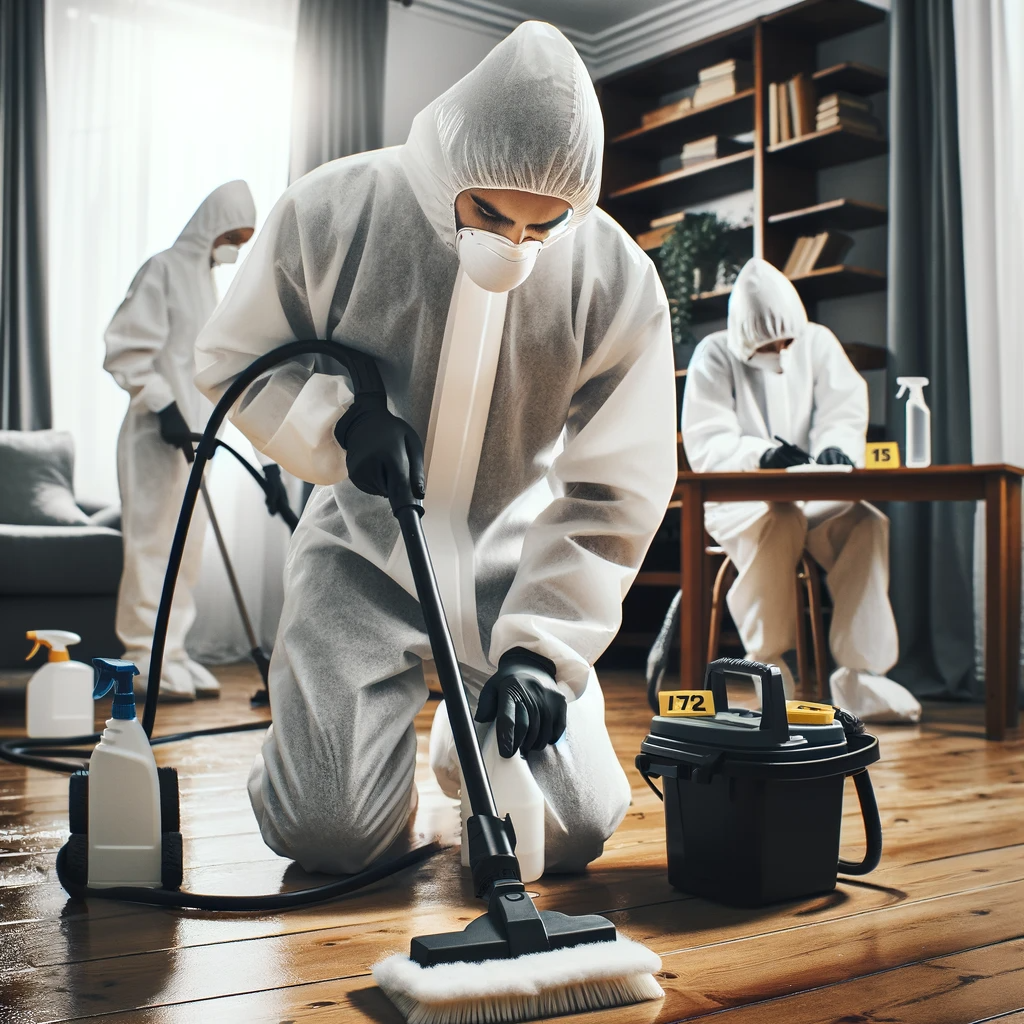
Fire Damage Cleanup Guide
When disaster strikes in the form of a fire, the aftermath can be overwhelming. Fire damage not only affects the structure of your home but also leaves behind smoke and soot residue. In this guide, we’ll walk you through the essential steps for effective fire damage cleanup.
Assess the Damage
The first step in fire damage cleanup is to assess the extent of the damage. Safety should always be your top priority. Ensure that the property is safe to enter and move around. If there’s any doubt, wait for professionals to give the green light.
Water Removal
Fires often result in water damage due to firefighting efforts. Excess water can lead to further issues like mold growth. It’s essential to remove standing water promptly. Consider using pumps and dehumidifiers to expedite the process.
Smoke and Soot Cleanup
Smoke and soot can penetrate surfaces and linger even after the fire is extinguished. Use specialized cleaning techniques and equipment to remove these residues. This step is crucial to prevent long-term odors and damage.
Deodorization
An effective odor eliminator is essential to neutralize lingering smoke odors. This could involve the use of ozone generators, thermal fogging, or other deodorization methods. The goal is to leave your home smelling fresh again.
Restoration
Once you’ve addressed safety concerns, removed water, cleaned smoke and soot residue, and eliminated odors, it’s time for restoration. This step involves repairing and rebuilding damaged areas to their pre-fire condition.
Remember that fire damage cleanup can be a complex and challenging process. It’s often best to enlist the help of professionals who have the expertise and equipment to handle the job effectively.

